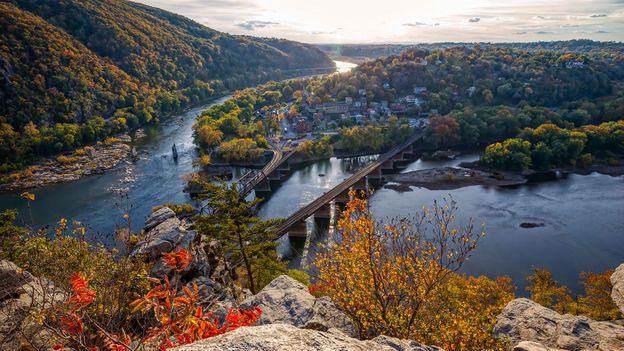A two-hour drive north-west from Melbourne is a historical town where, for decades, the local language was Welsh rather than English.
The Welsh migrants of the now-abandoned village of Llanelly arrived in Australia during the 1850s and the 1860s, amidst a population boom in the south-eastern state of Victoria. News of gold discoveries in the region brought thousands of newcomers eager to strike it rich as Victoria and neighbouring New South Wales yielded unprecedented amounts of gold. Among the 500,000 “diggers”, as immigrants arriving during the gold rush explosion were called, were prospectors from Britain, the United States, Poland and China.
At its height in the 1860s, Llanelly had a population of about 20,000, most of whom were Welsh, and this legacy is clear in the Welsh surnames engraved on the local graveyard’s tombstones. As these miners discovered gold-rich reefs nearby, stores, hotels, banks and a local school popped up to cater to the thriving community.
With the decline in gold yields in the late 19th Century, the town’s residents dispersed, leading to the demise of the once-flourishing settlement. Today, all that remains of the former Welsh gold town are crumbling, uninhabited buildings, although resurging interest in the region’s mining history is bringing its little-known legacy to light.
(Video by Kirsty B Carter & Joe Harrison, text by Yasmin El-Beih)
This video is part of BBC Reel’s Forgotten Places playlist.
Join more than three million BBC Travel fans by liking us on Facebook, or follow us on Twitter and Instagram.
If you liked this story, sign up for the weekly bbc.com features newsletter called “The Essential List”. A handpicked selection of stories from BBC Future, Culture, Worklife and Travel, delivered to your inbox every Friday.



























